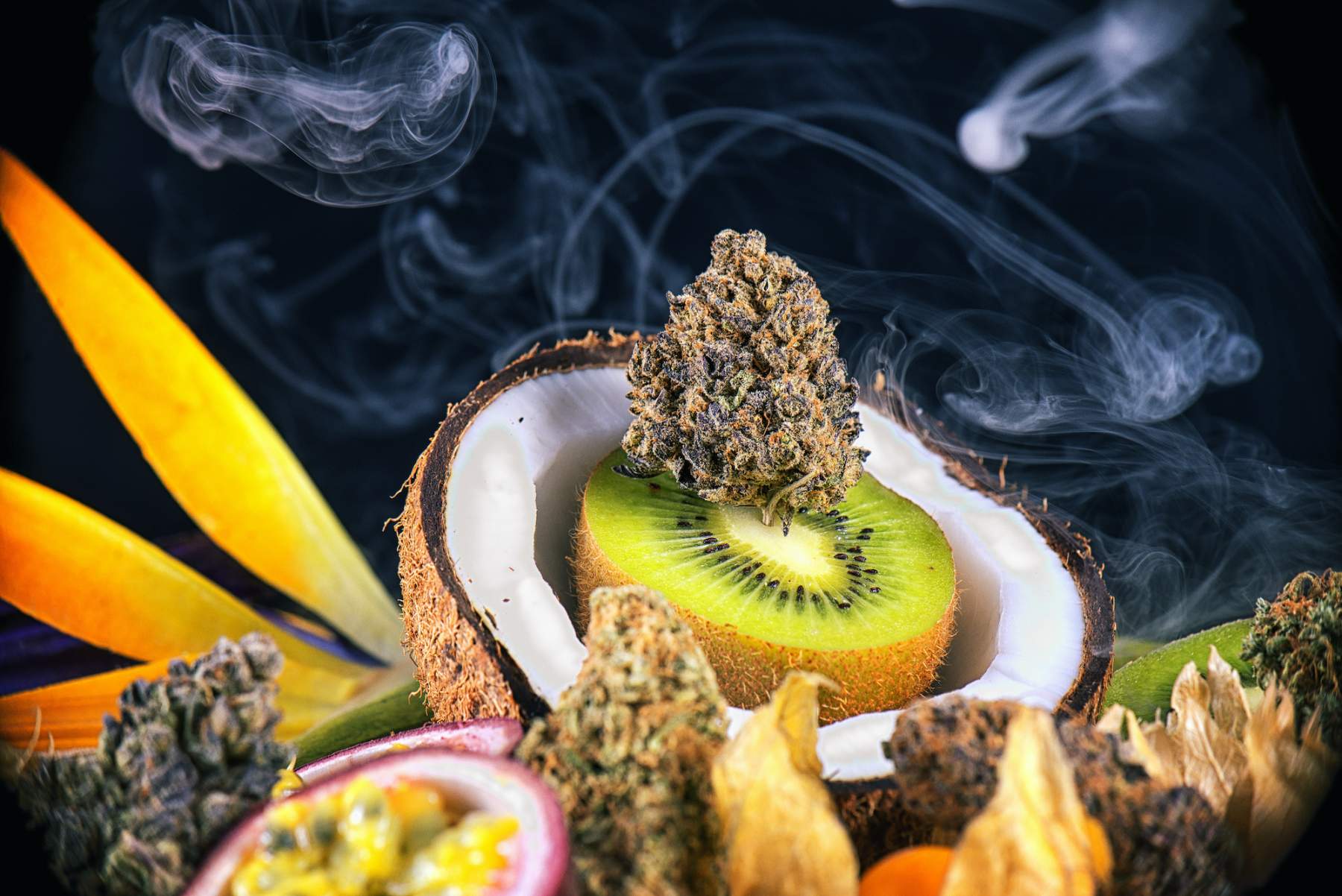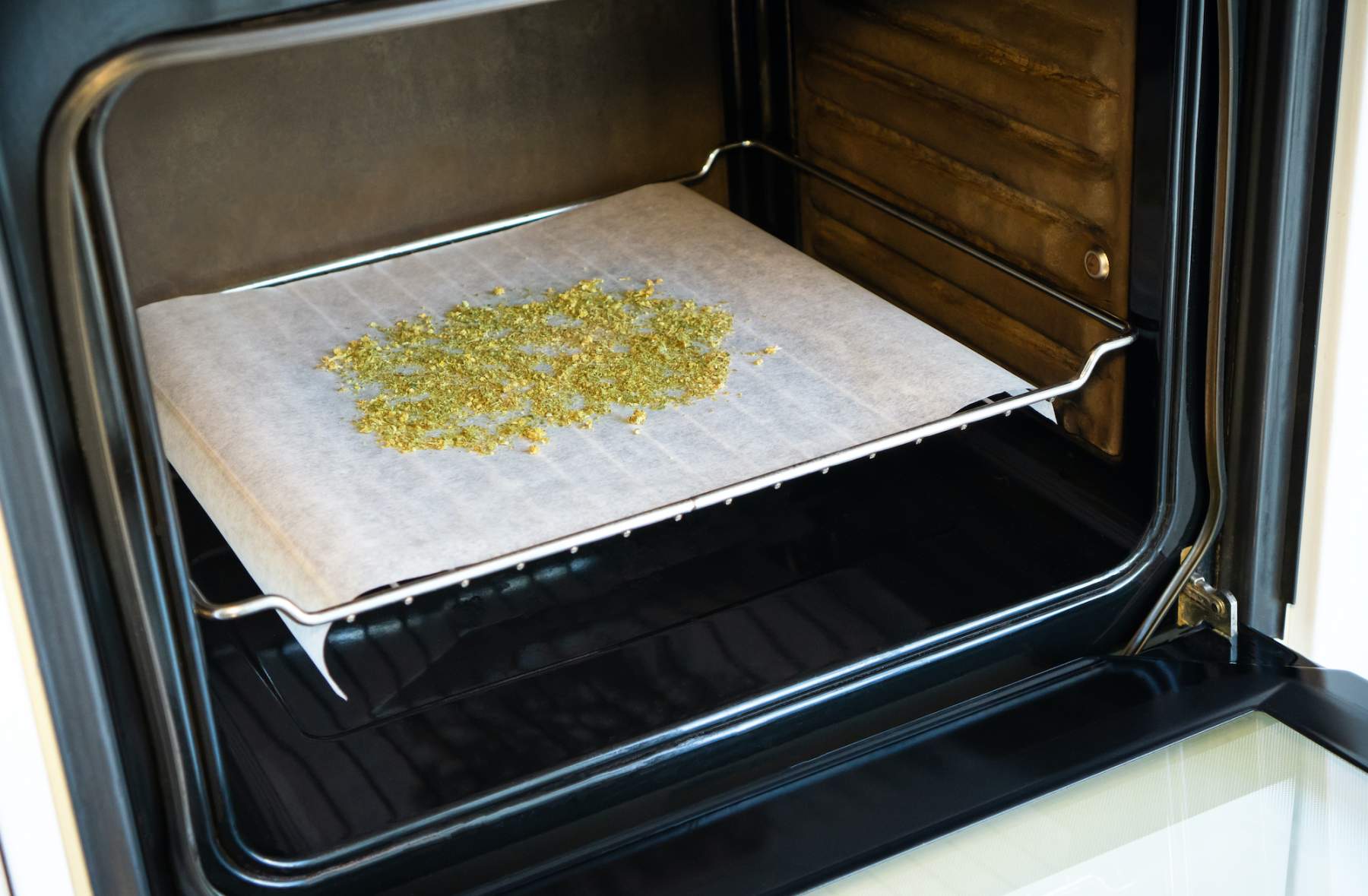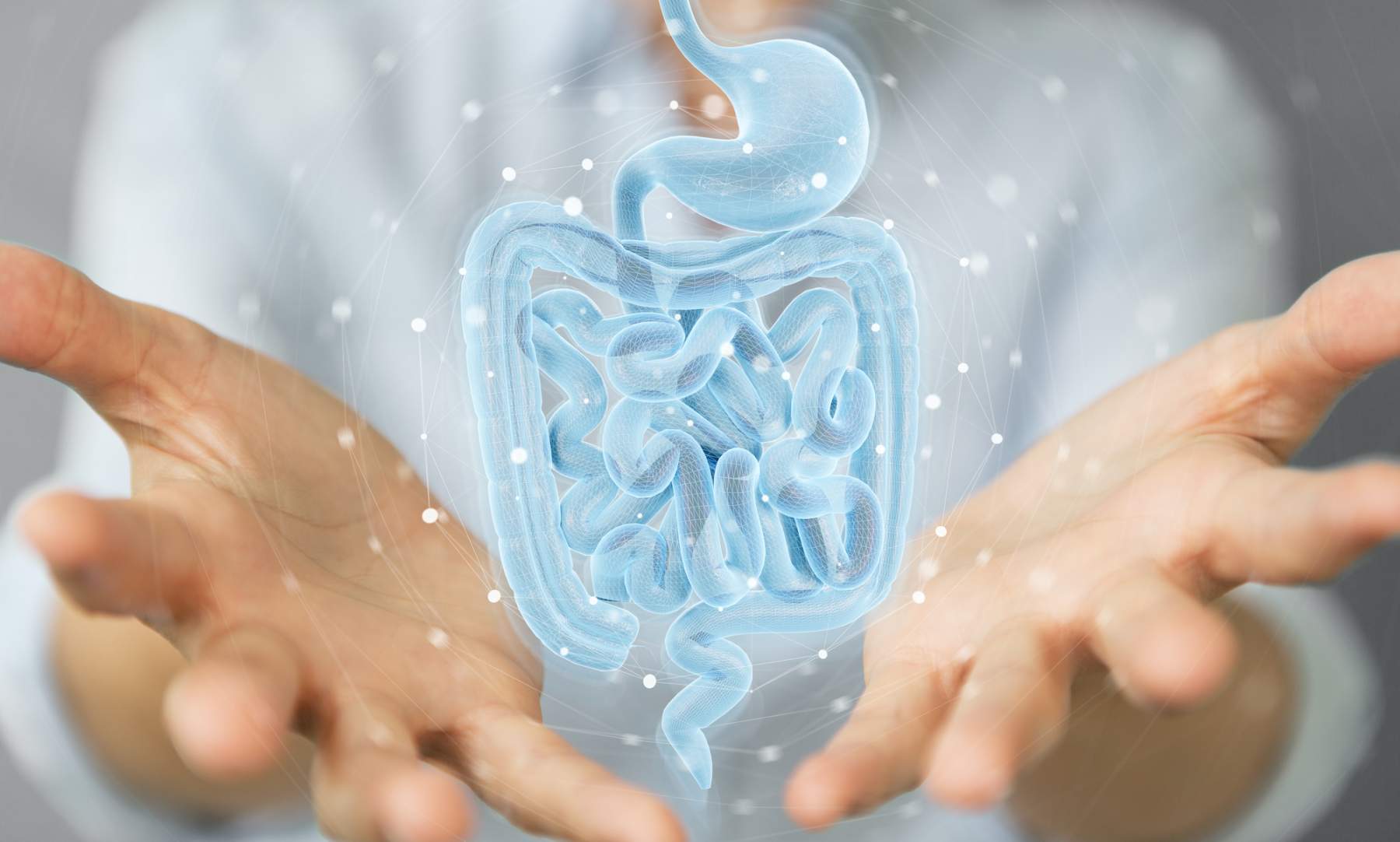Consuming Edibles: How Terpenes and Cannabinoids Metabolize in the Gut
One definite thing about cannabis edibles is that they affect everyone differently, which is why the patients of Compassionate Clinics of America who get a medical cannabis certification tell users to “start low and go slow”.
How do edibles affect the body, and furthermore, how does the body metabolize terpenes and cannabinoids? If terpenes in cannabis flower give us one effect, does that mean we’ll get the same experience if we consume the same terpenes as an edible? It turns out it’s not that straightforward.
At Compassionate Clinics of America, it’s important to us that we take time to explain concepts of cannabis medicine so that our patients, or anyone considering a medical cannabis certification, can optimize their experience with the plant, no matter how they try to consume it. Here we’ll look at what happens in the body when we take an edible, demonstrating that how the body interprets certain cannabinoids and terpenes through edibles isn’t so cut and dry.
How Terpenes Impact the Cannabis Experience
We know by now that terpenes are a critical part of the cannabis experience, and they are responsible for the nuanced effects one feels beyond the psychoactive or intoxicating effects of THC. Terpenes are the compounds in the cannabis plant that are responsible for its flavor, aroma, and sometimes effects. For instance, certain terpenes like limonene are known to produce an energetic effect while terpenes like myrcene and linalool are more sedative.

The flavor and aroma that terpenes produce play an important role in how cannabis is experienced, and this has to do with the body’s olfactory system that dictate taste and smell. When terpenes are combined in different combinations and concentrations, they bind to the olfactory receptors where the brain engages in scent identification.
Some researchers believe that there is a flavor-effect correlation where the effect is experienced due to the flavors that the consumer experiences with a cannabis cultivar (strain) through its dominant terpenes, referring to this phenomenon as a “perceptual counterpart” of consuming cannabis. In other words, the experience of the flavor and aroma of terpenes affect the cannabis experience more than just the cannabinoids like THC or CBD.
If we look further into the flavor-effect correlation of the cannabis experience, what does this mean for edibles, when instead of inhaled, cannabis is absorbed into our bodies through our digestive system? We’ll break it down here.
THC and Edibles: Why Decarboxylation is Important

When cannabis is in its raw form, meaning that it hasn’t been heated or combusted (smoked), the THC that we correlate with a “high” doesn’t exist. Rather, before its heated or combusted (decarboxylated), THC exists as THCa, or tetrahydrocannabinolic acid. THCa is a precursor to THC, where decarboxylation is required to activate the psychoactive and intoxicating cannabinoid.
When making edibles, cannabis needs to be decarboxylated, or heated, or the edibles will not contain psychoactivity. However, when that THC is consumed, something else entirely happens to it. In our digestive systems, metabolic enzymes modify THC to create 11-hydroxyl-THC in the liver after digestion. 11-hydroxyl-THC is believed to be more potent than its progenitor THC.
This could be a reason why many people will say that they feel a lot more intoxicated from eating edibles than if they were to smoke or inhale their cannabis. On the other hand, some people do not metabolize edibles as quickly as others, having fewer metabolic enzymes within their body. Thus, some people may say they do not feel “high” from edibles, which has to do with the level of enzymes within their gut.
Terpenes & The Gut

We know that terpenes contribute to how we experience cannabis through our senses (taste and smell), yet the way our bodies metabolize terpenes vary, with only preliminary research supporting how terpenes metabolize within our digestive tract.
Here are a few things we know now about certain terpenes:
-
- Delta-3 Carene holds a woodsy scent with hints of lemon. While it hasn’t been fully proven by research, people believe that this terpene is what is responsible for producing “dry mouth” when consuming cannabis. Delta-3 Carene has many medical benefits, including holding disinfectant properties, promoting bone health, or aiding with sleep. Researchers took urine samples from study participants who had consumed Delta-3 Carene orally. The researchers saw that Delta-3 Carene (also known as “CRN”) had metabolized into low concentrations of CRN-10-COOH (chaminic acid). It is not clear how CRN-10-COOH affects the cannabis edibles experience.

-
- The same researchers looked at Alpha Pinene, the piney fresh terpene that many users report promotes focus and creativity. They saw that it metabolizes quickly into three different metabolites. Of interest are the verbenol isomers, which is another terpene that affects how cannabis is experienced, yet again, research is yet to determine how verbenol is experienced through a cannabis edible.
- Limonene is associated with a lemony fresh scent and uplifting and energetic effects. It metabolizes into over six different metabolites, including alcohols, and acids, with no substantial research showing how these bring on certain effects.
- Linalool is commonly associated with lavender and its calming effects. Linalool may have a role in activating the GABA-a receptor that brings on calm and relaxation. One study saw that linalool can have this effect on the GABA-a receptor through the neurons of the olfactory system. When ingested, linalool creates several metabolites, including the metabolite 8-oxo-linalyl-acetate, which activates the GABA-a receptor, the same receptor benzodiazepine drugs target. To summarize, large concentrations of linalool when ingested through an edible may produce the sedative effects associated when smoking cannabis with linalool.

- Beta-Caryophyllene is known for its peppery flavor and aroma. It is unique because it binds to the CB2 cannabinoid receptor in the same way cannabinoids like THC do. CB2 receptors are located within the gastrointestinal tract, which is why ingesting this terpene in an edible may help counteract the effects of THC.
Smoking and Eating Terpenes Isn’t Quite the Same
In our patient education series, we have continuously highlighted how important terpenes are within the cannabis experience, however, it must be noted that terpenes and cannabinoids are experienced within the body much differently than if they’re inhaled or smoked. In other words, edibles and smoking aren’t the same because of the digestive enzymes in our gut and how they create certain metabolites from terpenes and cannabinoids.
We discussed how there could be a flavor-effect correlation, where taste and smell may lead to perceived effect, yet more research must be done to completely understand how terpenes in edible cannabis products affect the medical cannabis potential of this method of administration.
Explore Edibles & Cannabis Medicine with Compassionate Clinics of America
Many of the medical cannabis patients that we serve at Compassionate Clinics of America report that edibles are an effective method of consuming cannabis. Whether it’s for sleep, pain management, mental health, or any of the other conditions that people use medical cannabis for, the reported success of cannabis edibles is enough to know that cannabis medicine via edibles is indeed effective.
If you or a loved one is in Illinois, Pennsylvania, Oklahoma, or Missouri, and you’re interested in exploring a medical cannabis certification with Compassionate Clinics of America, please reach out to connect to one of our qualified medical practitioners to discuss if cannabis medicine is the right choice for your path to health and wellness. Stay tuned in on our patient education series as we release new medical cannabis articles every week.























